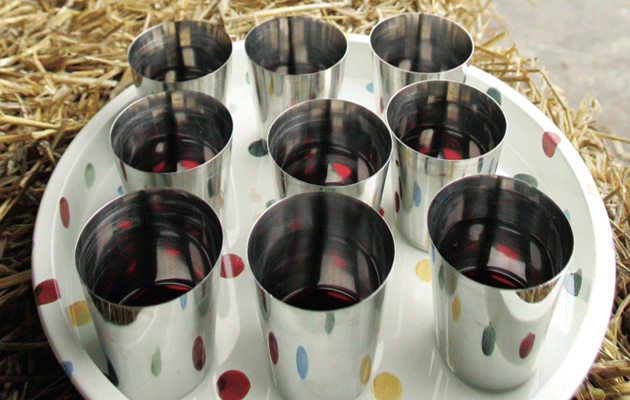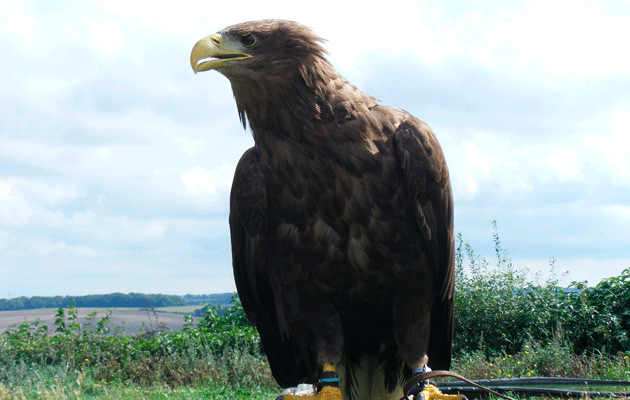Goose shooting with a semi-auto

I recently purchased a semi-automatic gun ? a shotgun, I hasten to add. It is truly horrid ? all black plastic and matt black metal, with bulbous, ungainly lines. In operation, it clanks and clangs. I bought it on the eve of a last-minute trip up north for a spot of goose shooting. My eldest son, Tom, was to accompany me and we realised that, apart from a mighty 8-bore, our shotguns were all lightweight English game guns. So, I popped into the local gunshop and asked what they had in the way of 3in-chambered, 12-bore magnums. (Yes, I know as well as anybody that you don?t always need a big gun for geese, but it often gives you a bit of an edge. Besides, hefting a cannon is part of goose shooting.) I ended up buying the semi-automatic. For a start, it was as cheap as chips. That?s to say, it cost the princely sum of £380, was brand new, with four screw-in multichokes and had a three-year warranty. Manufactured in Turkey, it?s not exactly a paragon of gunmaking, but it looks workmanlike. And one advantage of a semi-automatic ? apart from the third shot ? is the fact that you can load it safely while remaining sitting down in a hide.
In a bit of a jam
On arrival in Perthshire, the new ugly stick was soon put to use. Or rather, we attempted to do so. In truth, while waiting on a field of winter wheat under the moon, Tom managed to jam the mechanism as he tried to load the first cartridge. We feverishly attempted to clear the blockage, but, being unfamiliar with semi-automatic mechanisms, we soon gave up. For one thing, we were worried about safety. There is something rather nerve-racking about a breechblock that clangs forward, carrying a live cartridge into the chamber. In the end, Tom had to trek all the way back to the car, just as the geese were beginning to move. He returned 30 minutes later, having managed to clear the jammed cartridge with the aid of car lights. But by then, there were few geese about (I had missed a couple). We packed up a short time later.
The next morning, we were in with some decent chances at wigeon and mallard. But almost immediately, Tom announced that he had, yet again, managed to jam the gun while loading it. We got it sorted with the aid of a car key. Then he had a shot at a couple of mallard. The cartridge misfired ? it was a ?blooper?, where only the cap goes off, not the main charge. That couldn?t be blamed on the gun, of course. The firing pin had struck the cap and ignited it, so the fault must have occurred within the cartridge. Still, it was unfortunate and we were beginning to think the gun was unlucky.
Then Tom had another chance. At his first shot, a fat mallard sploshed into the flood water. At his second, there was a mere pop and I distinctly saw the shot, appearing as a dark smudge as it lobbed out of the muzzle. Another blooper ? what are the chances of that?
Buyer?s remorse
Straight away, I observed one of the drawbacks of a semi-automatic in such a situation. We suspected that the wad was stuck in the barrel, but we had to dismantle the wretched gun in order to peer down the tube. Sure enough, the wad was caught up at the choke. We poked it out with a stick. But what would have happened if Tom had instinctively pressed the trigger again immediately after his first shot?
We had a few more shots and yet another drawback revealed itself. Even when both gun and ammunition were behaving themselves, it emerged that the empty cases were being spewed out at a considerable distance. We lost a few in the water and consequently felt guilty.
Admittedly, most of the problems we had experienced had been caused by operator error or dud cartridges. But I cannot help beginning to wish that I had never bought a semi-automatic.
Have your say: if you have a view on a current news topic, send it, in no more than 500 words, to steditorial@ipcmedia.com.
What is YOUR opinion?
Join other ST readers in our forums to discuss your views.
Like this article? Mark this page on a social bookmarking website…
What are social bookmarking sites?








